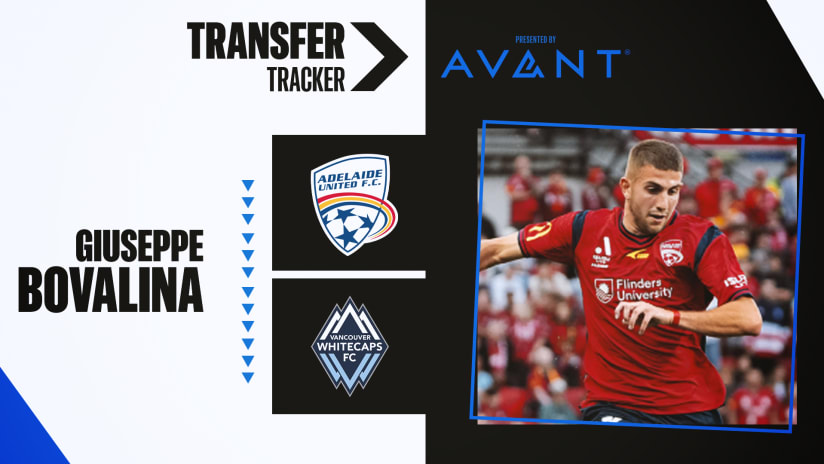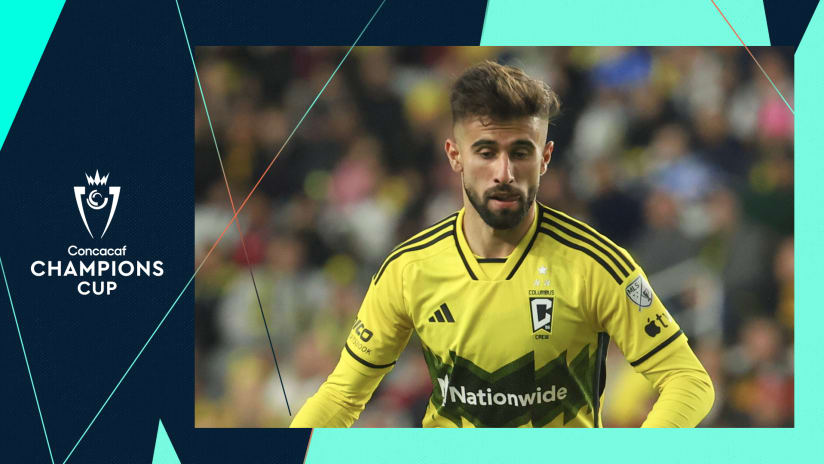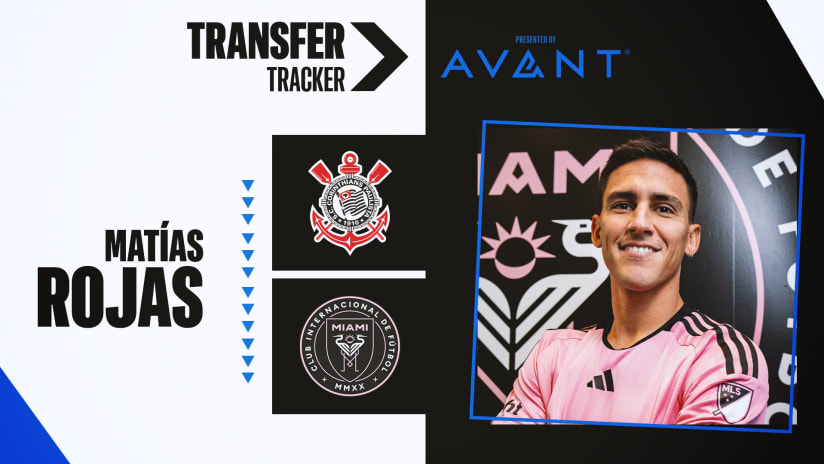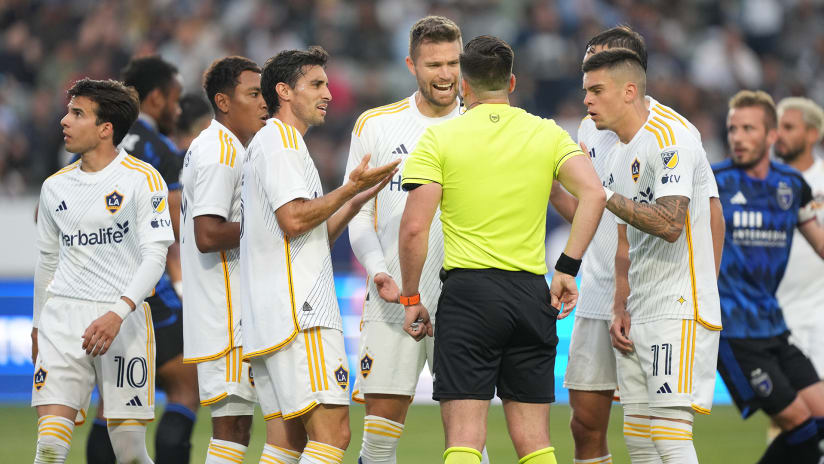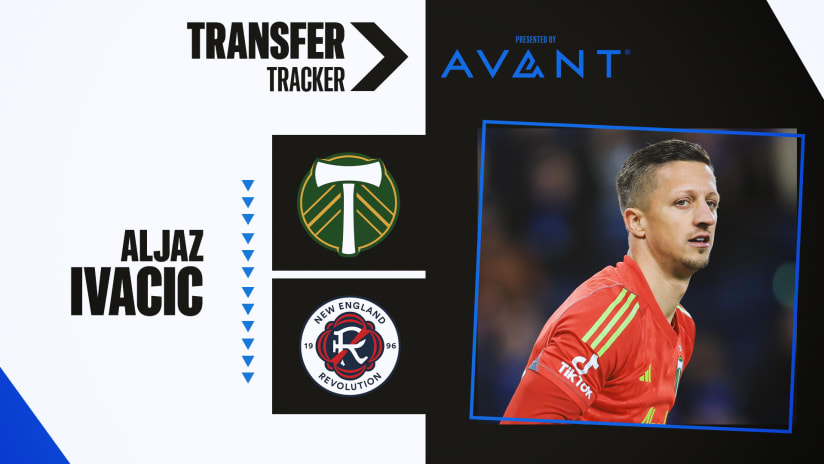or some other derivation?
MLS teams play all different kinds of systems and often the same system is not the same from one team to the other. So, let us explore these crazy numbers and expose some truths and myths about soccer systems.
The vital question, and the one most often discussed, is should the players fit the system or the system fit the players? Coaches will argue this all the time and it sounds a little like which came first, the chicken or the egg?
I can only give you my answer. In MLS I feel the system needs to fit the players. If you are Arsenal, Man. United, Juventus or AC Milan you can buy a player with the characteristics to fit what you need. You lose a wide left midfielder, you go buy a new one. That is not so easy in the United States. In addition, rosters are small in comparison to Europe and between injuries and international call-ups, you might have to change your system even from game to game.
When a coach becomes a slave to his formation and starts to believe so strongly that his magic tactical placement of players is the major key to success, failure is not far behind. Even great coaches like Arrigo Sacchi and Louis Van Gaal fell victim to this. Any system is only as good as the players. A 4-4-2 like Sacchi utilized with AC Milan looks a lot better with players like Marco Van Basten, Ruud Gullit, Franco Baresi and Paolo Maldini than some other players. Playing with an attacking fullback looks a lot better when his name is Roberto Carlos. Players are the key to system success.
Most teams in MLS play a variation of the 4-4-2. But each team does this a little differently.
The San Jose Earthquakes use two central midfielders who share their roles. Richard Mulrooney and Ronnie Ekelund take turns attacking and both defend equally. Colorado played against them this weekend and also started in a 4-4-2. They later changed this to a 4-5-1, a system often used by Tim Hankinson when he had Carlos Valderrama to rely on and then ever since (no, the 4-5-1 was not invented in Los Angeles four weeks ago). In Colorado, Pablo Mastroeni was definitely the defensive central midfielder and Jordan Cila the attacking one.
The MetroStars also played with four midfielders against D.C. United. However, Bob Bradley often plays his four in a more central box with Gilberto Flores and Ricardo Clark deeper and Amado Guevara and Mike Magee attacking a bit more. He leaves the outside spaces to the fullbacks to cover and attack.
The New England Revolution and Dallas Burn also played a 4-4-2. Dallas uses Milton Reyes at left back now and he attacks frequently while on the right Carey Talley stays more. With Marshall Leonard on the left and Jay Heaps on the right, New England had their backs stay a little more since Steve Ralston and Brian Kamler were getting forward well.
The point to all the above is the following: The same system is played differently by each team because of the traits of the players on their team.
The same is true in a 3-5-2. Chicago plays this way but on Saturday they really did not have a playmaker amongst those three. Neither Jesse Marsch, Craig Capano or Scott Buete took over this role. When Andy Williams plays he is the definite playmaker and plays more offensively with Armas and Marsch choosing when to join in.
Columbus also played this same system. Since Cunningham and Martino started upfront, there was no real target player and they played with a very active front two. When Buddle plays, he stays high and the other forward drops a little underneath.
The conclusion is players make the system -- not the other way around. Every formation is tweaked by good coaches to take advantage of the strong qualities of their players. A system of play is merely a configuration that allows a team to take advantage of those strengths and hide their weaknesses.
When you are in possession you need to get open and spread the field. Connecting passes is key to keeping the ball and giving players the time to make forward runs. When not in possession you need to compact the field and win the ball back, getting pressure on the ball and defending important spaces. Those principles are the same no matter what formation your team is playing.
I always felt the key was identifying your most important players. These are the players who can make key plays, have special qualities and are important to the team success. Once you have identified these players you must compliment them with players who can enhance your team's game.
For example, when I got to the Galaxy, Mauricio Cienfuegos was a key player with great playmaking qualities. In order to compliment Mauricio I needed two central midfielders behind him who could defend and get the ball to him. With Danny Pena, Simon Elliott and then later Peter Vagenas, we had that. But any formation that I considered for the Galaxy in those years started with three in the middle to allow Cienfuegos to do his thing.
The Columbus Crew changed to a 3-5-2 early in the season. This took advantage of Robin Fraser's ability to read a game defensively and simplified the job for rookie Chad Marshall by having him simply man-mark. This change made them a better team by allowing their key player -- Fraser -- to play to his strengths.
Formations are nice to talk about and the job of a coach is to use one that affords his team to have success. You are looking for a system that lets your key players make a difference by getting them into areas of the field and doing the things they are best at often.
But don't fall for all that coaching mumbo-jumbo -- the best formation is the one that wins. Good players put in the right opportunities win games.
Sigi Schmid is one of the winningest coaches in MLS history, having led the Los Angeles Galaxy to four honors in his five-plus years at the helm, including the 2002 MLS Cup championship. Send comments to Sigi at sigischmid@hotmail.com. Views and opinions expressed in this column views and opinions are the author's, and not necessarily those of Major League Soccer or its clubs.


